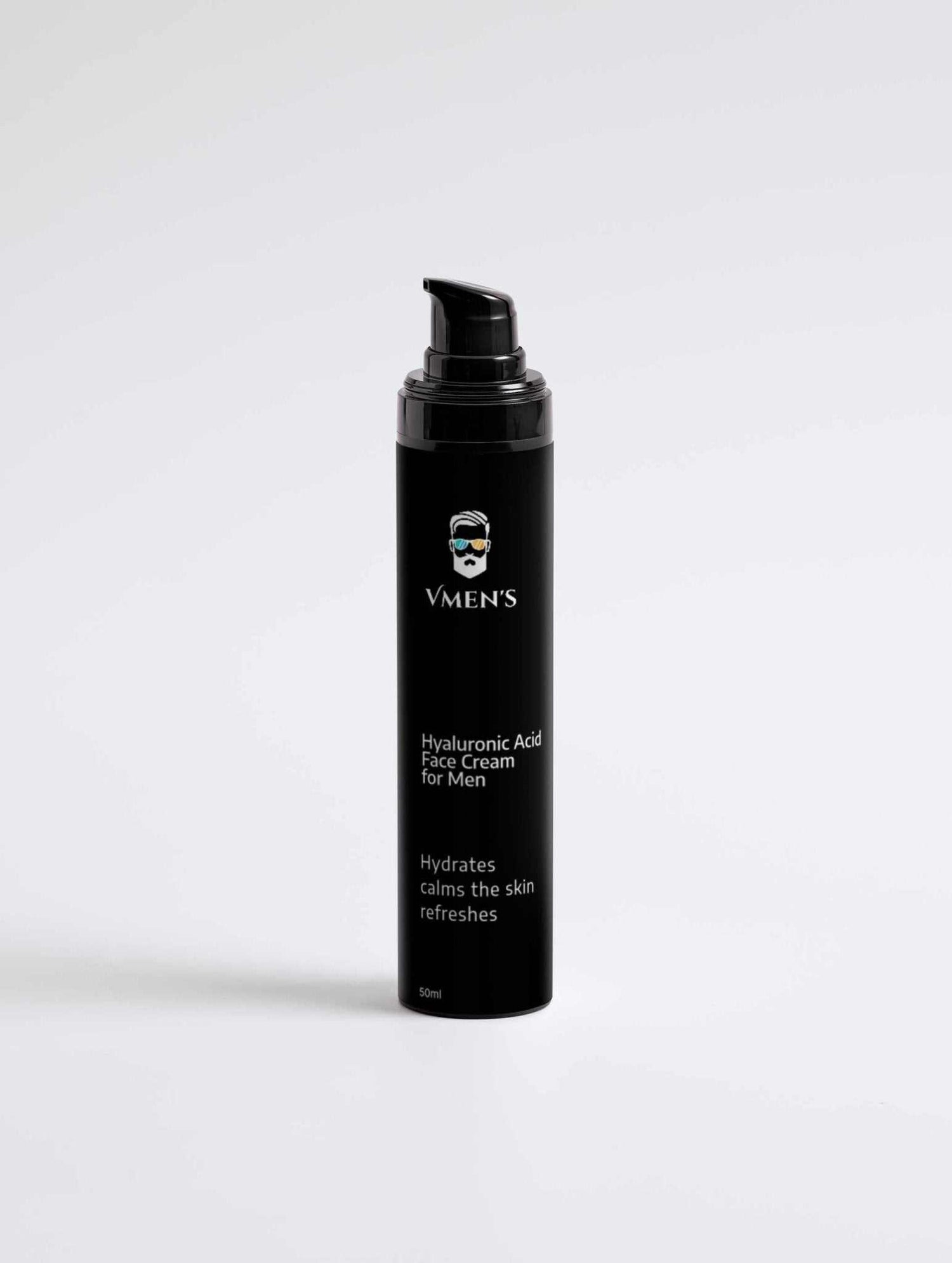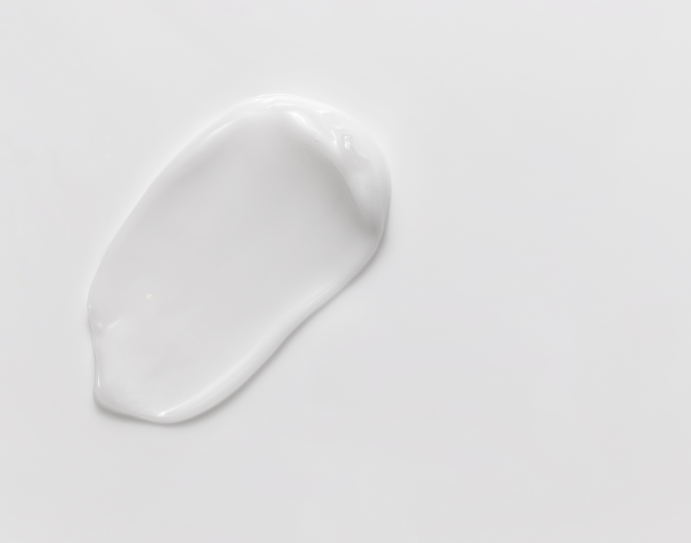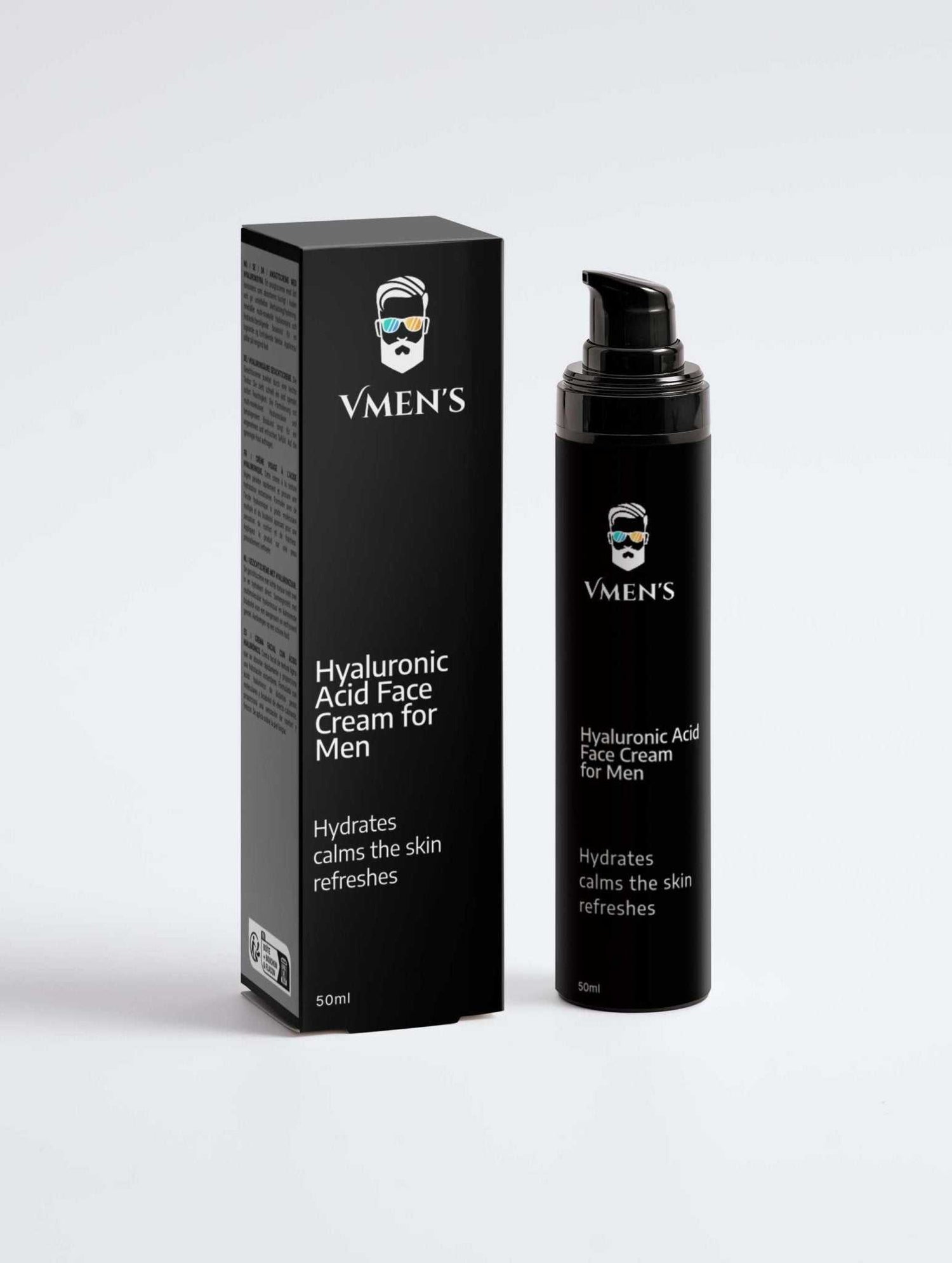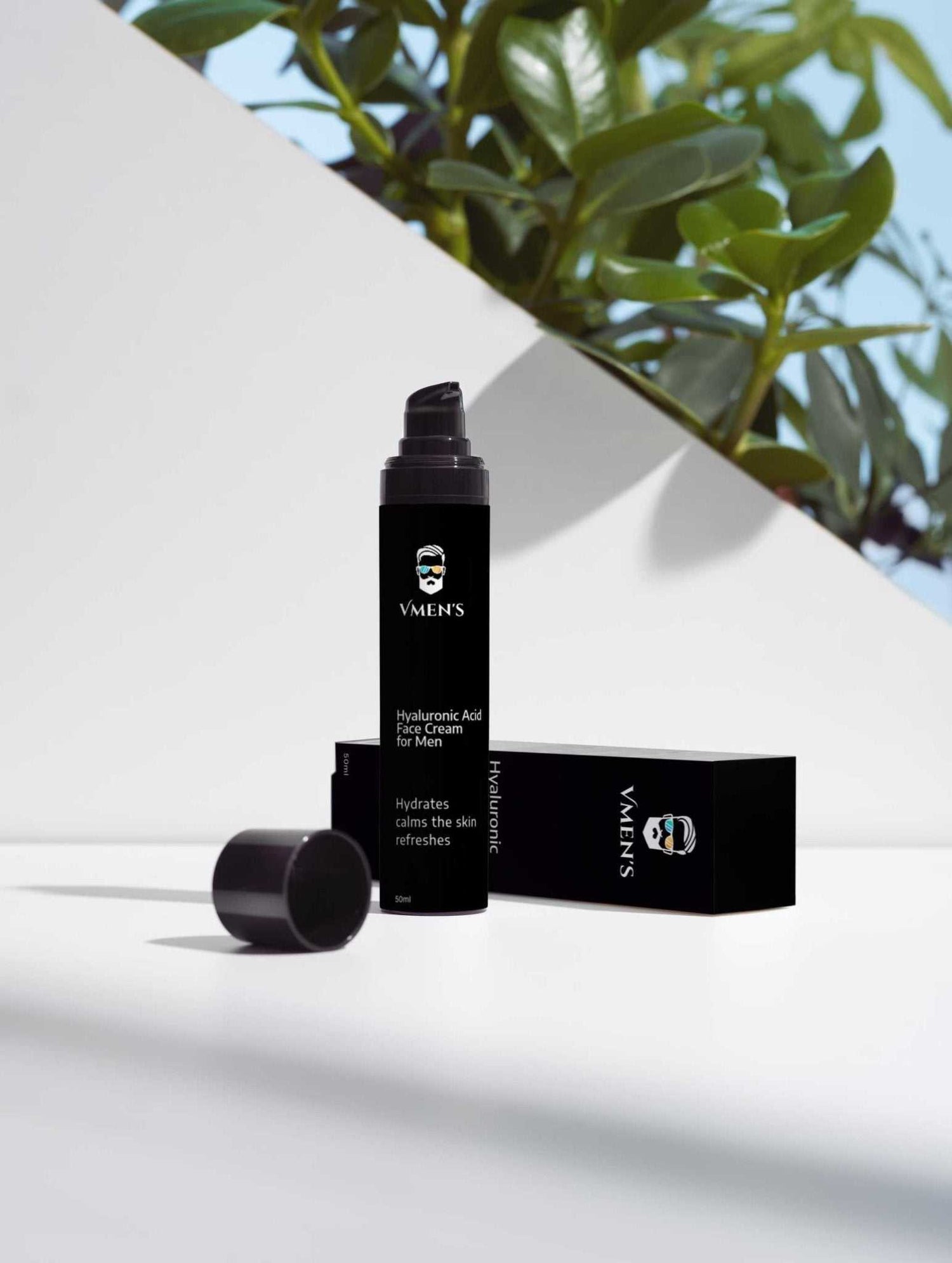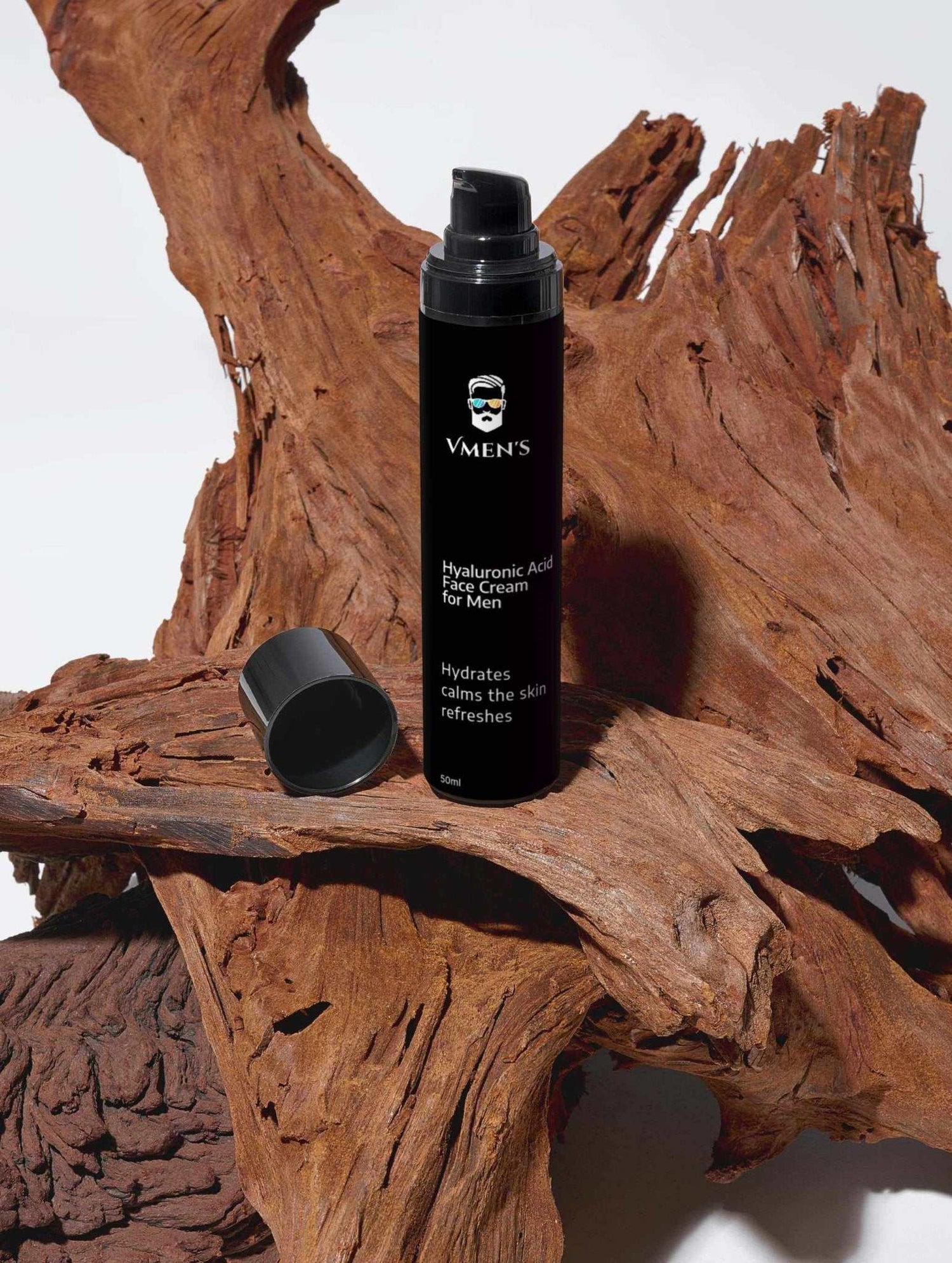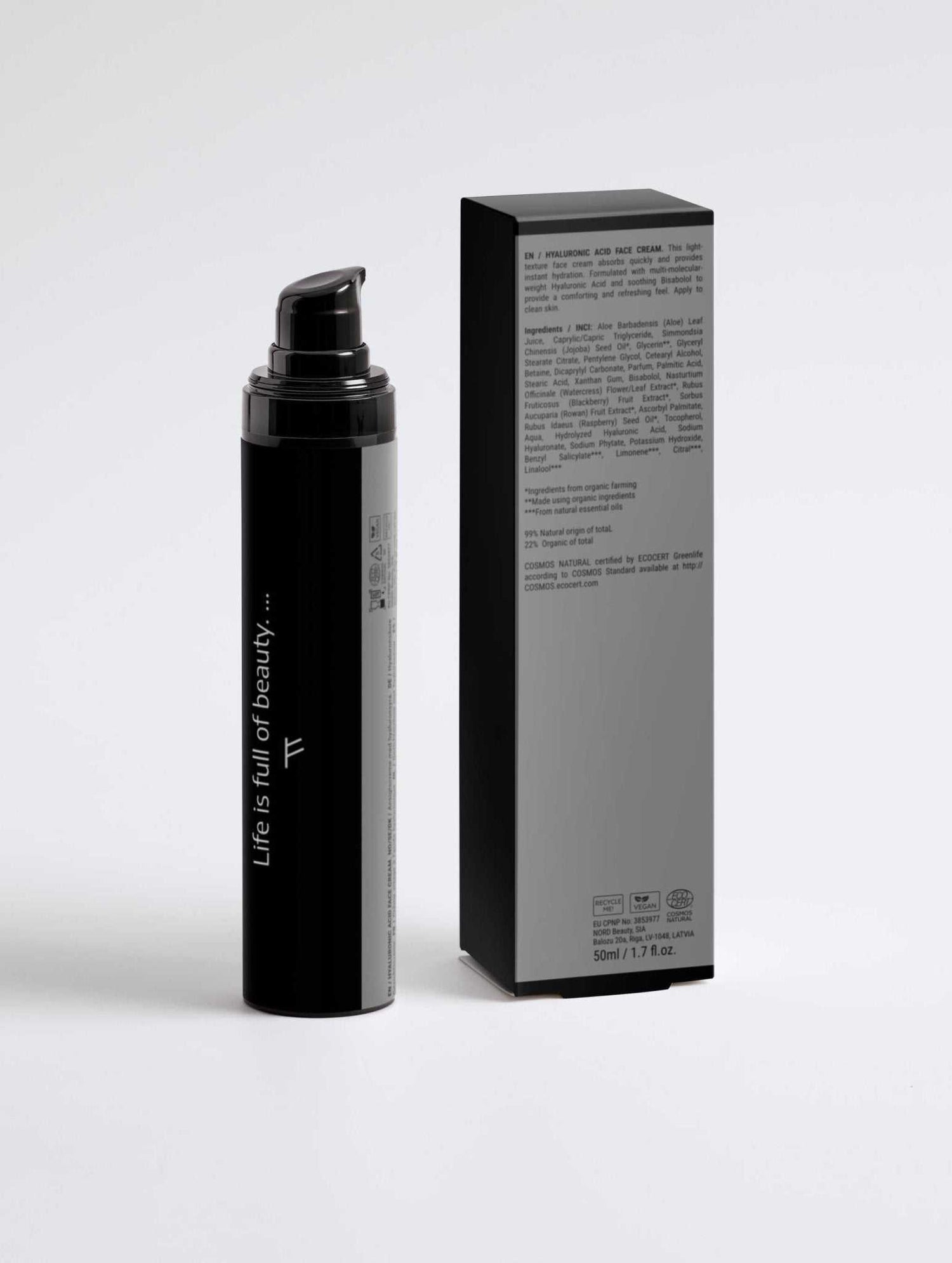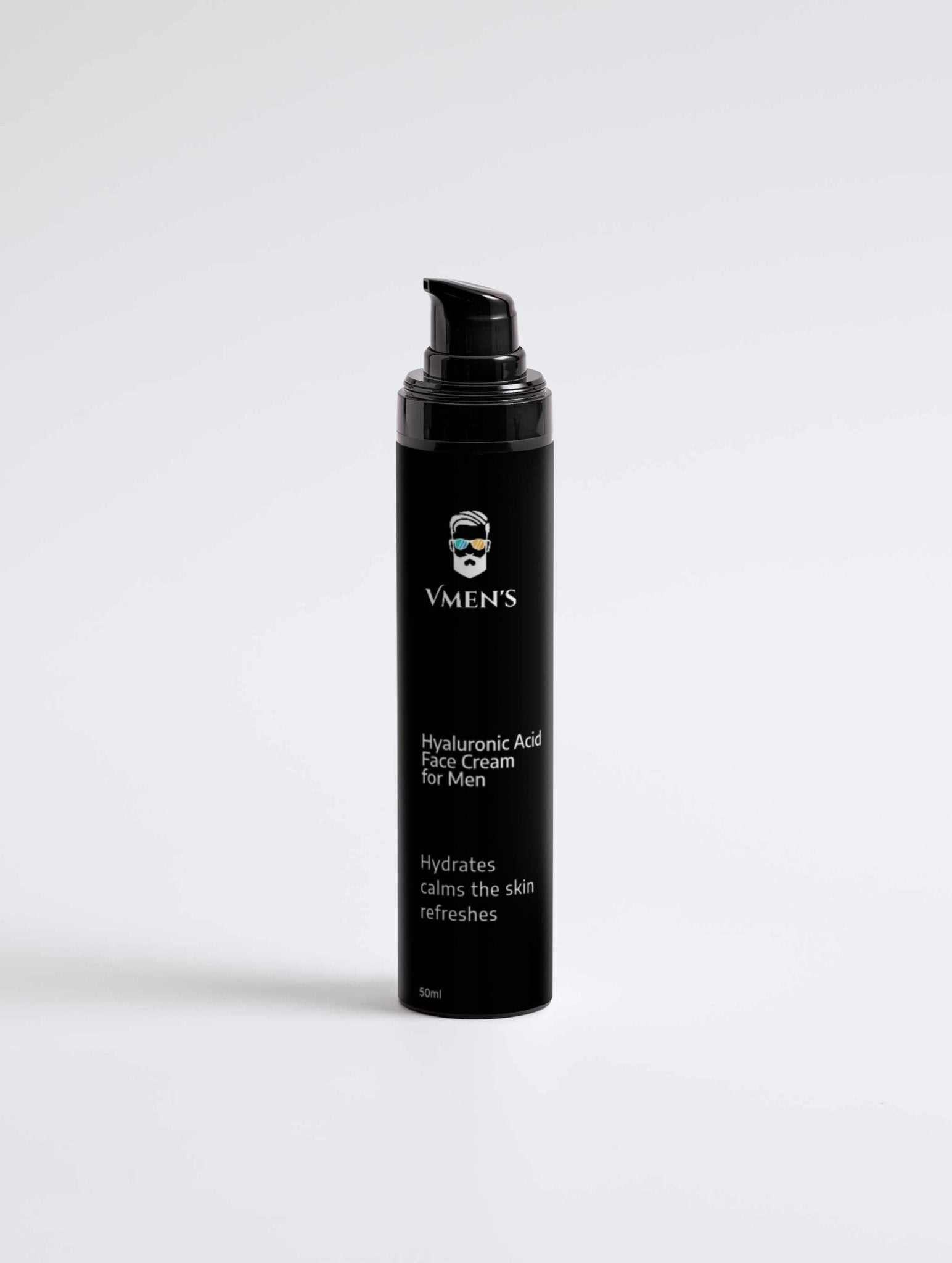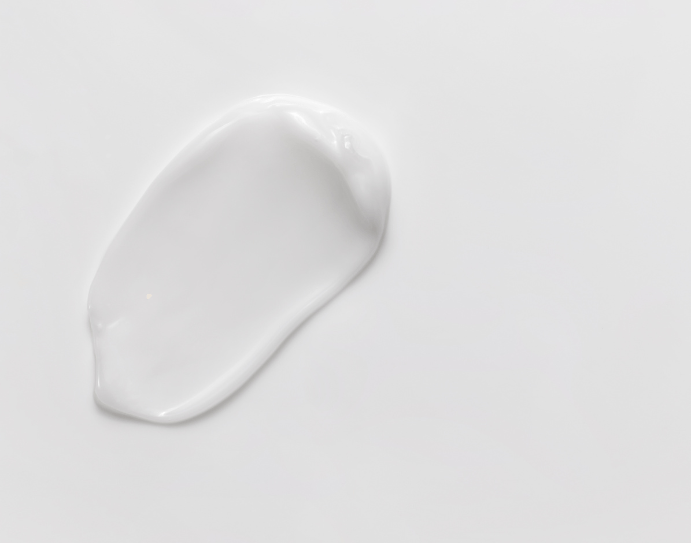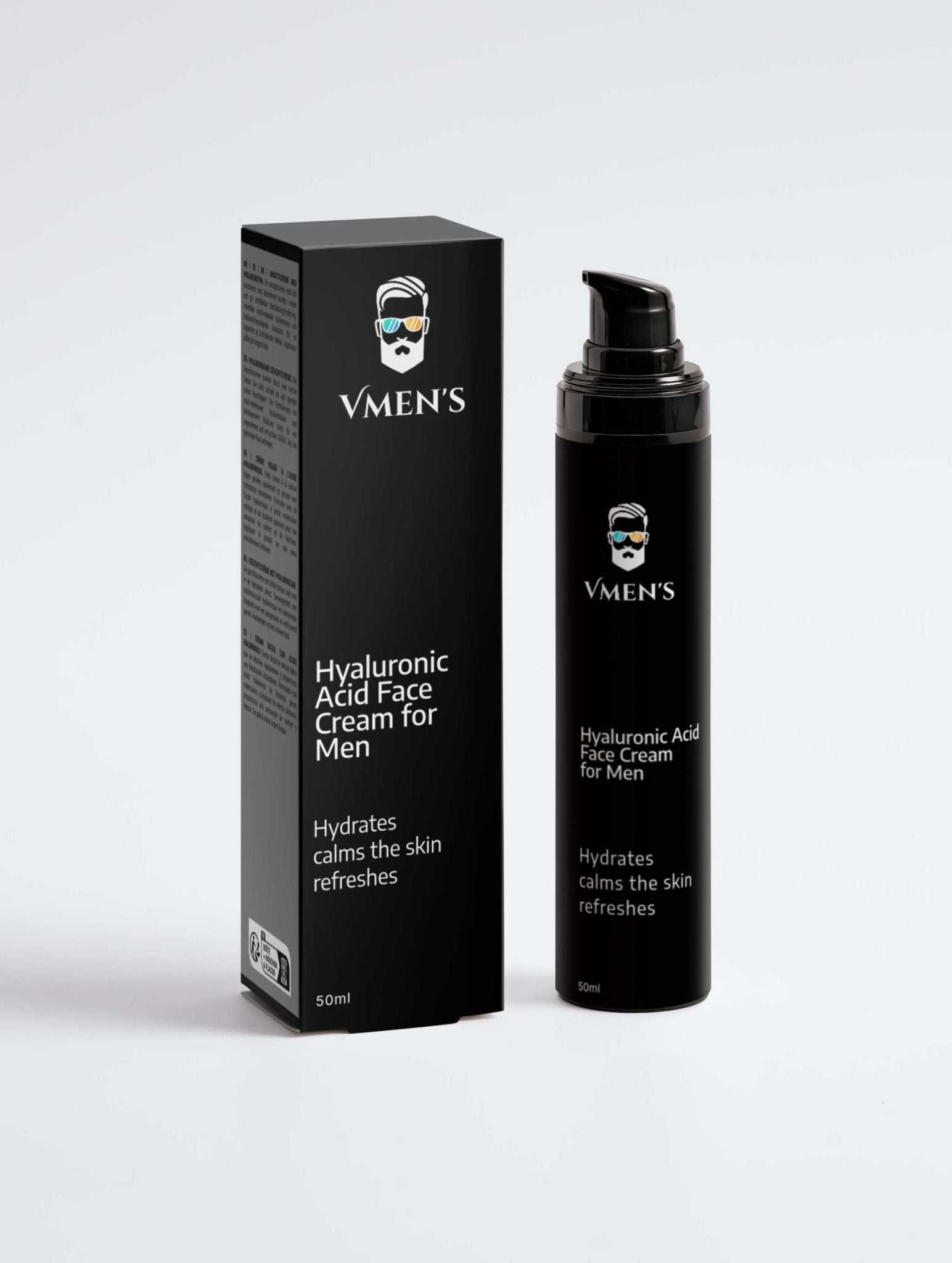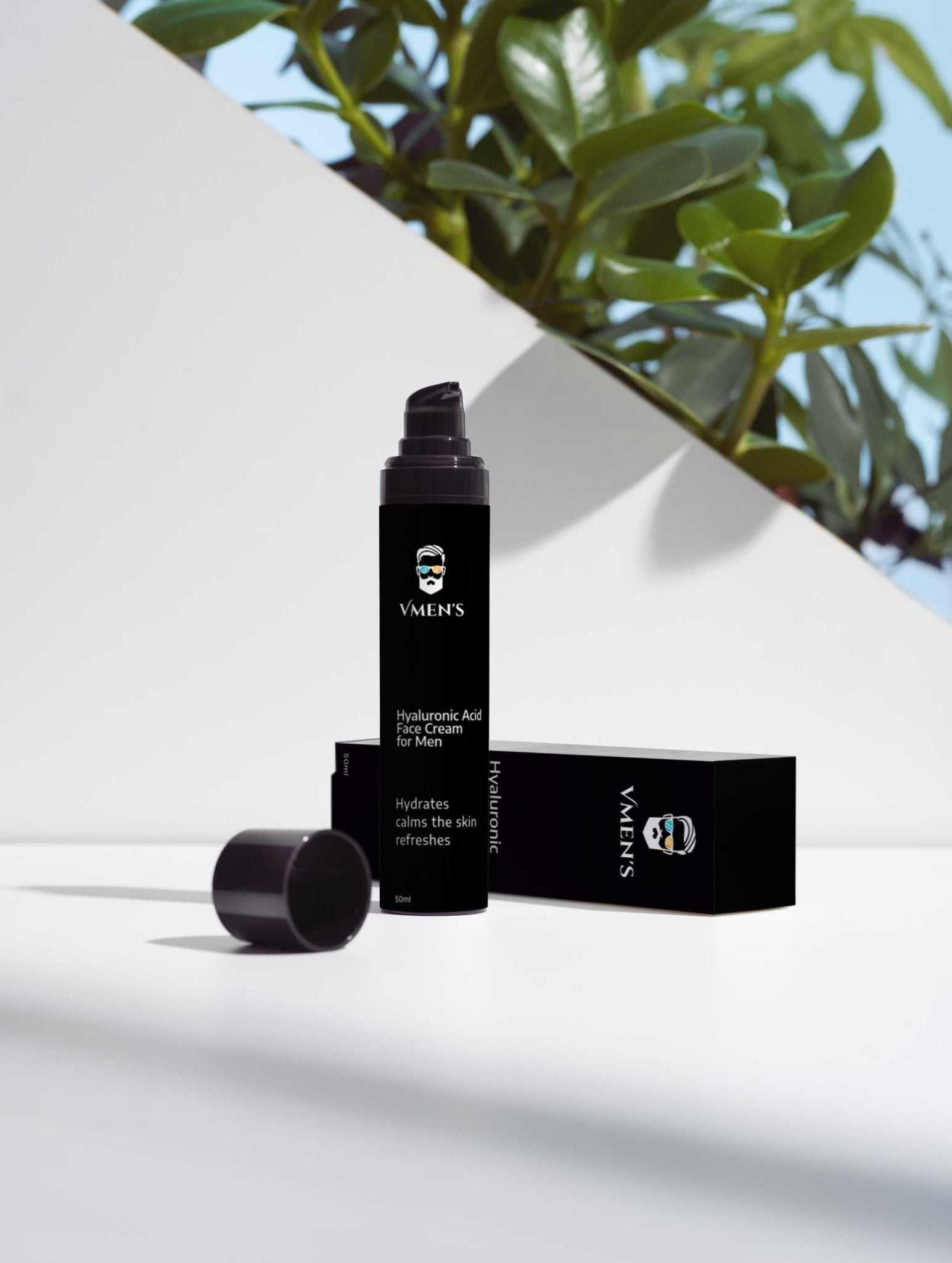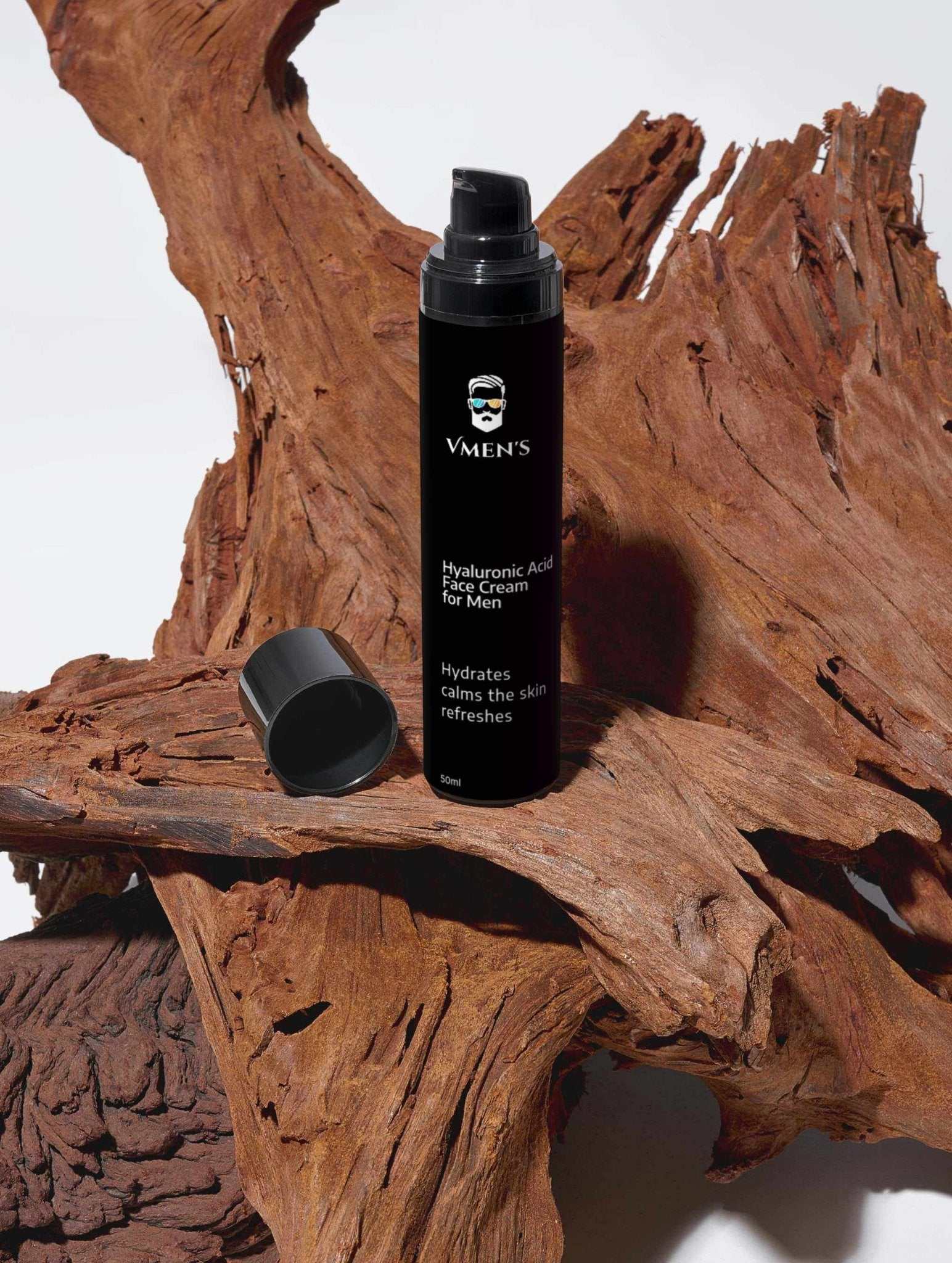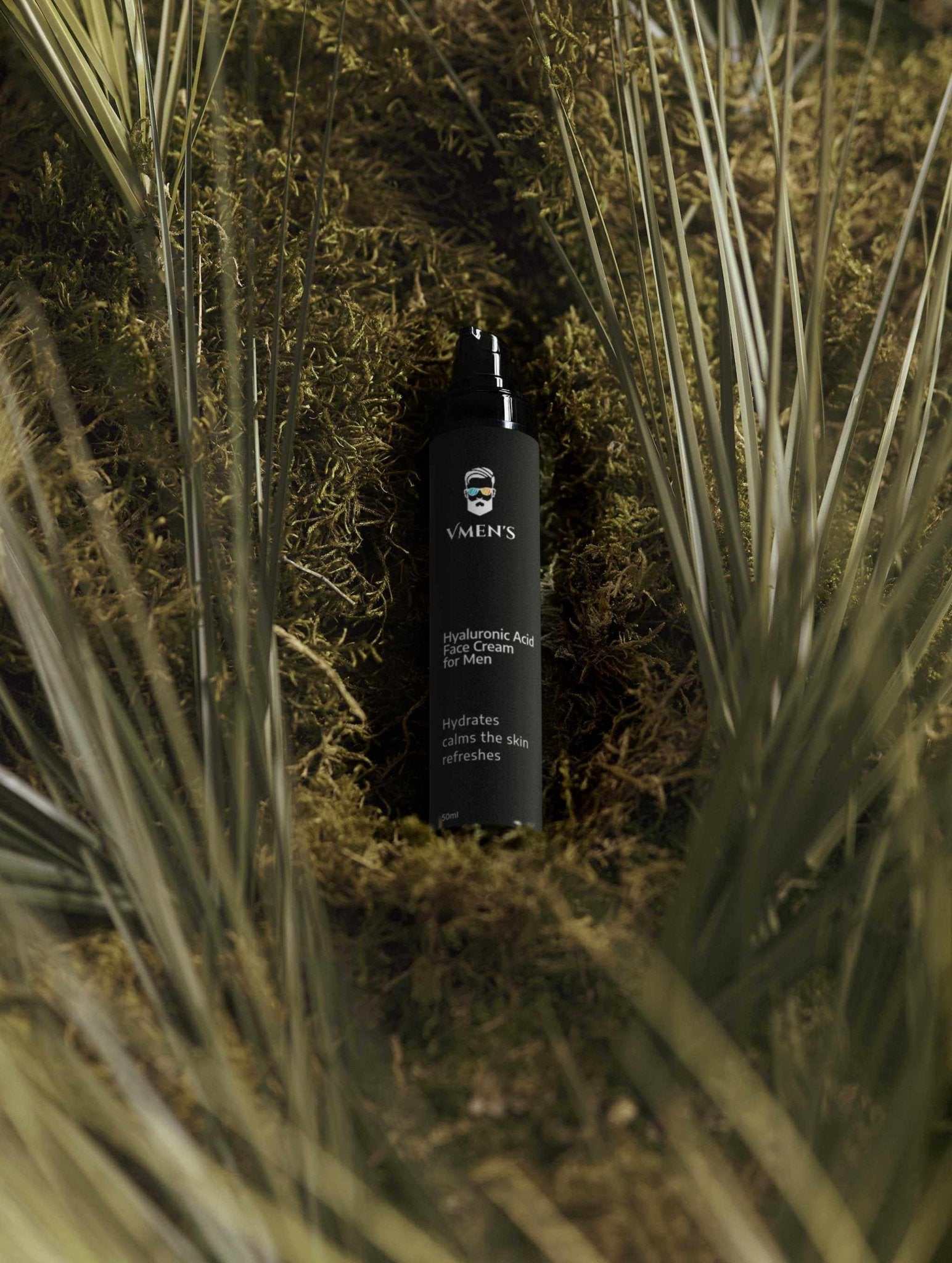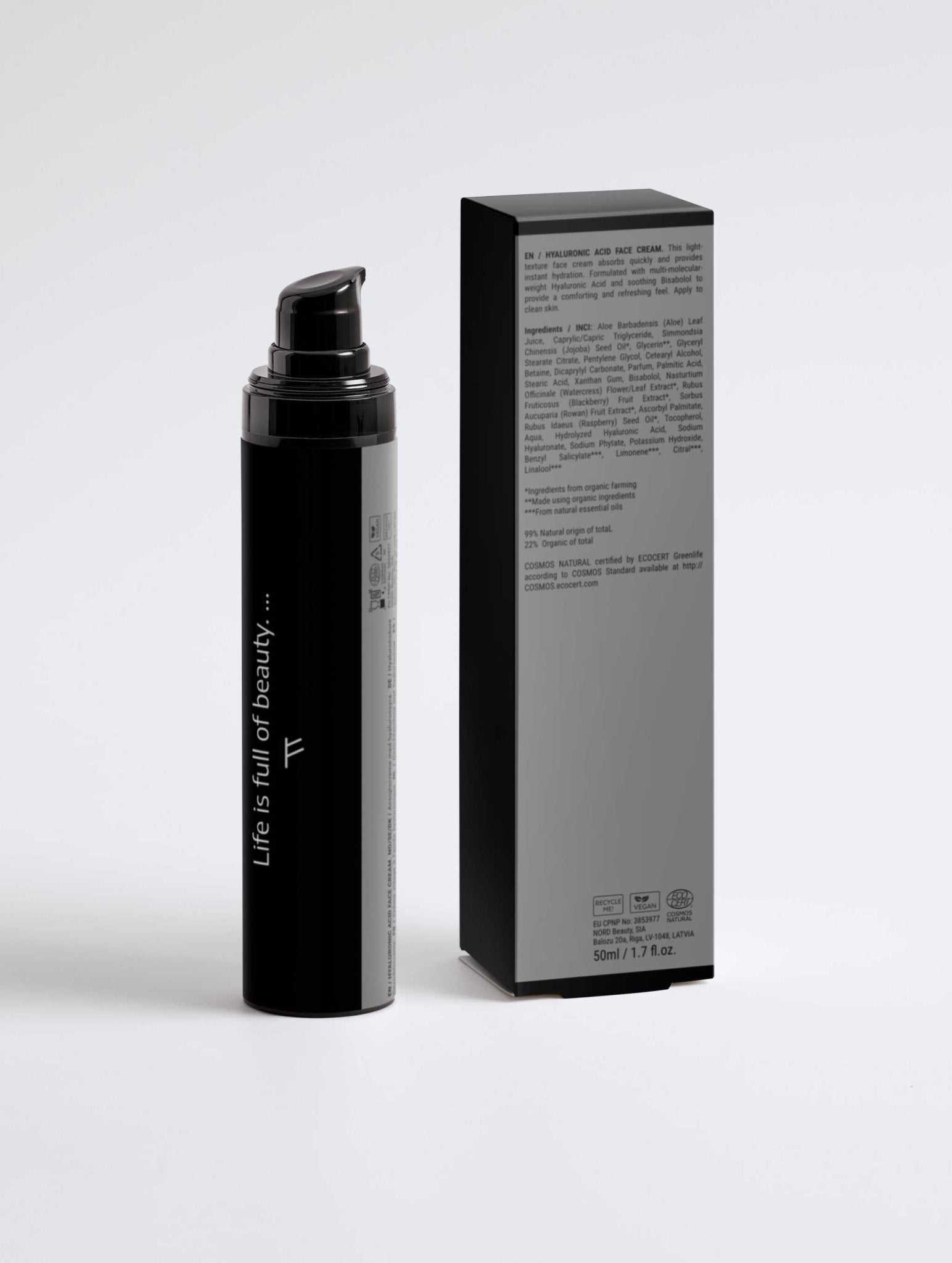Understanding the differences between men's and women's skin is crucial for selecting the right skincare products. Whether you’re shopping for yourself or someone else, knowing these distinctions can help you make informed decisions. Here's a comprehensive guide to help you understand these differences and choose the best skincare products for your needs.
1. Structural Differences
Thickness and Firmness
- Men: Men's skin is approximately 25% thicker than women's skin. This is due to higher levels of testosterone, which increases collagen production. As a result, men's skin tends to be firmer and more resilient.
- Women: Women's skin is thinner and more delicate. This makes it more prone to fine lines and wrinkles, especially as estrogen levels decrease with age.
Collagen Density
- Men: Higher collagen density means men’s skin ages more slowly compared to women's skin. This contributes to a more youthful appearance for a longer period.
- Women: Women have less collagen density, and it decreases more rapidly after menopause, leading to more noticeable signs of aging.
2. Oil Production
Sebum Production
- Men: Men typically have larger pores and more active sebaceous glands, leading to higher sebum production. This can make men's skin oilier and more prone to acne.
- Women: Women's sebum production is lower, and it fluctuates with hormonal changes during menstrual cycles, pregnancy, and menopause. This can lead to periods of dryness or increased oiliness.
3. Hydration Levels
Skin Hydration
- Men: Despite having oilier skin, men's skin can sometimes be less hydrated due to less attention to skincare routines. Proper hydration helps in maintaining skin elasticity and smoothness.
- Women: Women generally use more hydrating products and moisturizers, which help maintain skin hydration levels. However, hormonal changes can still affect skin moisture.
4. Hair Growth
Facial and Body Hair
- Men: Men have more facial and body hair due to higher androgen levels. This requires them to shave regularly, which can cause skin irritation, ingrown hairs, and increased sensitivity.
- Women: Women typically have less facial and body hair, but those who do may use different hair removal methods, which can also cause skin irritation.
5. Skin Conditions and Concerns
Common Issues
- Men: Due to higher sebum production, men are more prone to acne, blackheads, and oily skin. Shaving can also lead to razor burn, cuts, and ingrown hairs.
- Women: Women are more likely to experience dry skin, especially with hormonal changes. They are also more prone to developing conditions like rosacea and eczema.
6. Skincare Needs
Product Formulation
- Men: Men’s skincare products are often formulated to address oiliness, acne, and post-shave irritation. Ingredients like salicylic acid, witch hazel, and lightweight moisturizers are common.
- Women: Women's skincare products often focus on hydration, anti-aging, and balancing hormonal fluctuations. Ingredients like hyaluronic acid, retinol, and various antioxidants are prevalent.
Understanding the fundamental differences between men’s and women’s skin can significantly impact your skincare routine and product choices. By recognizing these differences, you can better cater to your skin’s unique needs, whether you’re dealing with oiliness, dryness, aging, or irritation.
For more tailored skincare solutions, visit our webshop. Our products are specifically designed to address the distinct needs of men's skin, helping you achieve a healthier, more vibrant complexion.

